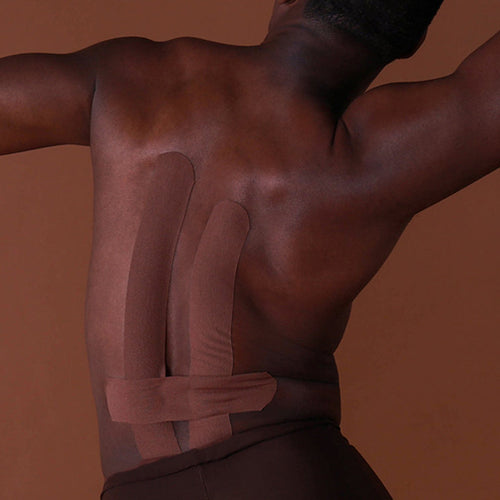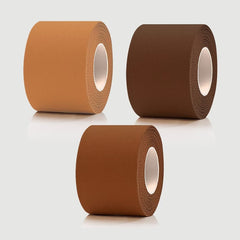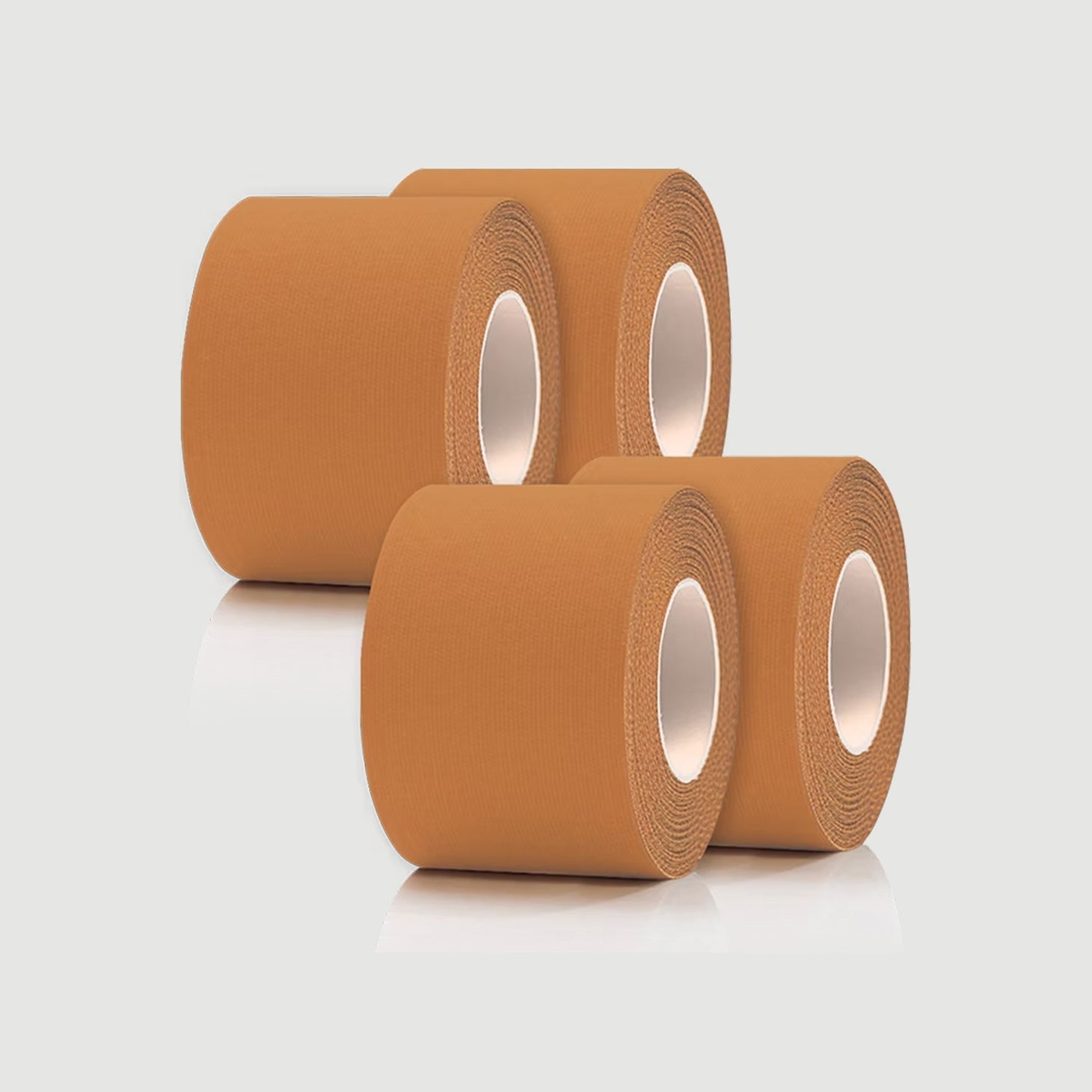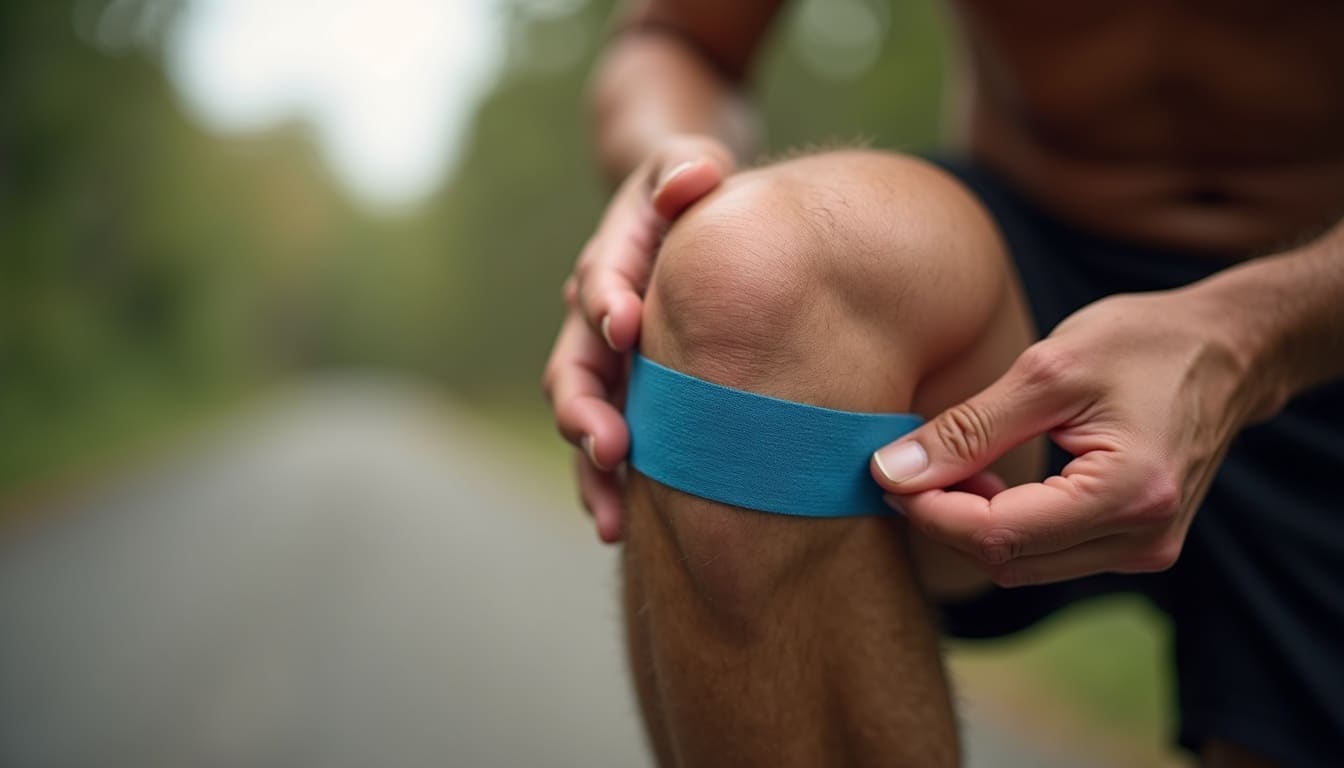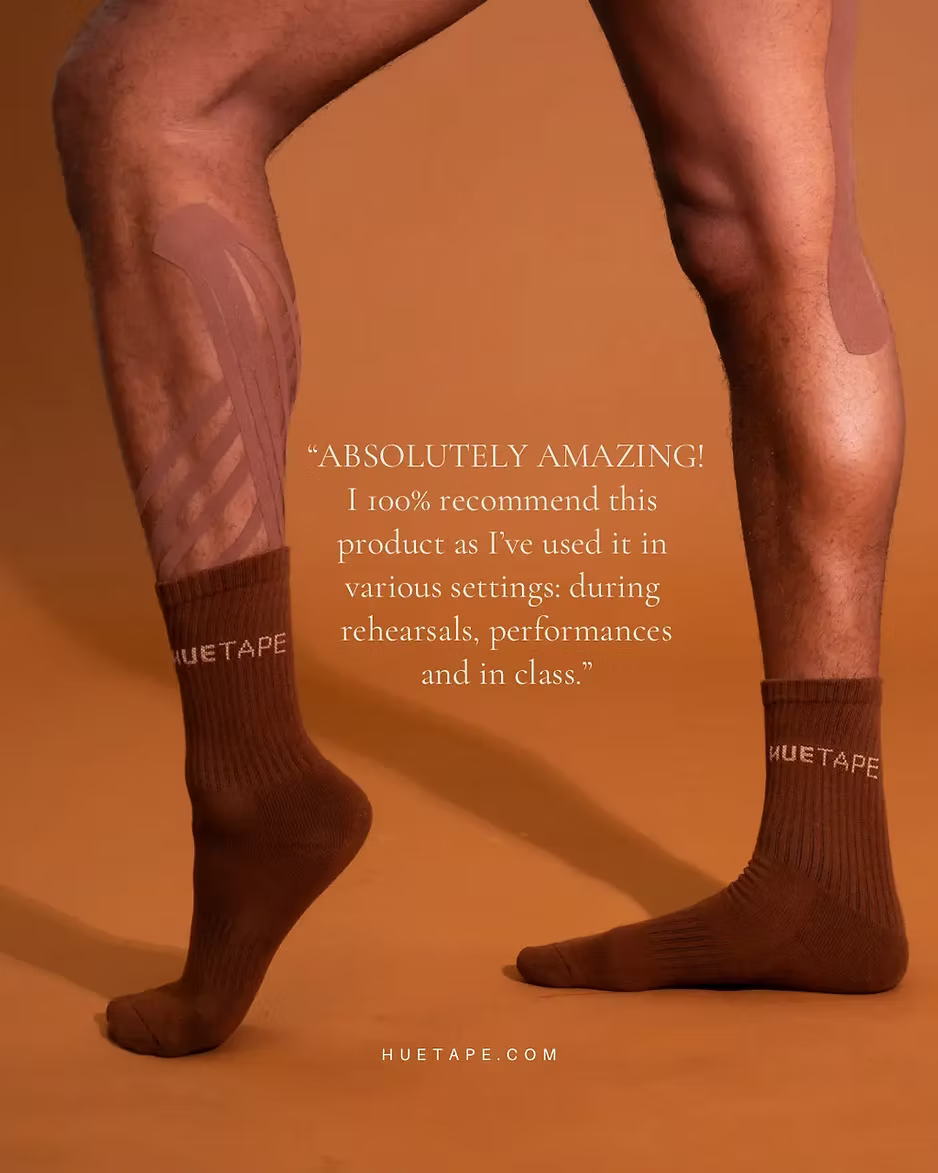Answers to Your Most Common HUETAPE Questions
Kinesiology tape has become a popular tool for athletes, physical therapists, and anyone looking to support muscles and joints during activity. However, many people have questions about how to use it effectively, when it’s appropriate, and what benefits it truly offers. This article provides clear, practical answers to some of the most common questions about kinesiology tape, with a focus on the trusted huetape brand.
What is Kinesiology Tape and How Does It Work?
Kinesiology tape is a thin, stretchy adhesive tape designed to mimic the elasticity of human skin. It is applied to the body to provide support and stability to muscles and joints without restricting movement. The tape lifts the skin slightly, which can help improve blood flow and reduce inflammation.
How kinesiology tape works:
-
Supports muscles and joints: It helps reduce strain on injured or overused muscles.
-
Improves circulation: The lifting effect can enhance lymphatic drainage and blood flow.
-
Reduces pain: By stimulating sensory receptors, it may decrease pain signals to the brain.
-
Enhances proprioception: It improves body awareness, which can aid in injury prevention.
For example, runners often use kinesiology tape on their knees to reduce pain and support the joint during long runs. Similarly, people with shoulder injuries may apply tape to stabilize the area while maintaining full range of motion.

Kinesiology tape supporting back pain
HUETAPE FAQ: Common Questions Answered
If you’re new to kinesiology tape or considering trying HUETAPE, you probably have some questions. Here are answers to the most frequently asked ones:
How long can I wear kinesiology tape?
Most kinesiology tapes, including huetape, can be worn for 3 to 5 days. The tape is water-resistant, so you can shower or swim without it losing effectiveness. However, if you experience itching, redness, or discomfort, remove the tape immediately.
Is kinesiology tape safe for all skin types?
Generally, yes. Kinesiology tape is made with hypoallergenic adhesive to minimize skin irritation. However, if you have sensitive skin or allergies, test a small patch before applying a larger area. Avoid applying tape over open wounds or broken skin.
Can I apply kinesiology tape myself?
Yes, many people apply kinesiology tape on their own. It helps to watch tutorial videos or follow detailed instructions to ensure proper placement and tension. For complex injuries or areas like the back, consulting a professional is recommended.
Does kinesiology tape really work?
Scientific studies show mixed results, but many users report benefits such as pain relief, improved muscle function, and faster recovery. The effectiveness often depends on correct application and individual response.
How do I remove kinesiology tape without pain?
To remove tape gently:
-
Soften the adhesive by soaking the tape with warm water or oil.
-
Peel the tape back slowly, pulling it parallel to the skin.
-
Use adhesive remover if needed to clean residue.
Avoid ripping the tape off quickly to prevent skin irritation.

When should you not use kinesiology tape?
While kinesiology tape is versatile, there are situations when it should be avoided:
-
Open wounds or skin infections: Applying tape over broken skin can worsen irritation or infection.
-
Deep vein thrombosis (DVT): Tape should not be used if you suspect blood clots.
-
Allergic reactions: If you develop a rash, itching, or swelling, discontinue use immediately.
-
Certain medical conditions: People with diabetes, fragile skin, or circulatory problems should consult a healthcare provider before use.
-
Pregnancy: Avoid taping over the abdomen unless advised by a professional.
If you experience increased pain, numbness, or swelling after applying tape, remove it and seek medical advice.
How to Apply Kinesiology Tape Correctly
Proper application is key to getting the most out of kinesiology tape. Here are some practical tips:
-
Clean and dry the skin: Remove oils, lotions, and sweat to ensure good adhesion.
-
Cut the tape to size: Round the edges to prevent peeling.
-
Apply with the right tension: Usually, 10-25% stretch is recommended, but this varies by injury.
-
Anchor the tape: Apply the first and last 1-2 inches without stretch.
-
Rub the tape: Activating the adhesive with heat helps it stick better.
For example, to support a strained calf muscle, apply two strips in a fan shape along the muscle belly with moderate stretch. This technique can reduce muscle fatigue and improve circulation.
If you’re unsure about placement, many online resources and videos demonstrate taping techniques for different body parts.

Applying kinesiology tape on the shoulders
Tips for Maximizing the Benefits of Kinesiology Tape
To get the best results from kinesiology tape, consider these recommendations:
-
Use tape as part of a broader recovery plan: Combine taping with stretching, strengthening, and rest.
-
Avoid over-taping: Too much tape can restrict movement and cause discomfort.
-
Replace tape regularly: Old tape loses elasticity and adhesive strength.
-
Store tape properly: Keep it in a cool, dry place away from direct sunlight.
-
Consult professionals: Physical therapists or athletic trainers can provide personalized advice.
By following these tips, you can enhance your performance, reduce pain, and speed up recovery.
If you want to explore more detailed answers or specific questions, visit the official huetape FAQ page for comprehensive information.
This guide aims to help you understand kinesiology tape better and use it safely and effectively. Whether you’re an athlete, a weekend warrior, or recovering from an injury, kinesiology tape can be a valuable tool when used correctly.

